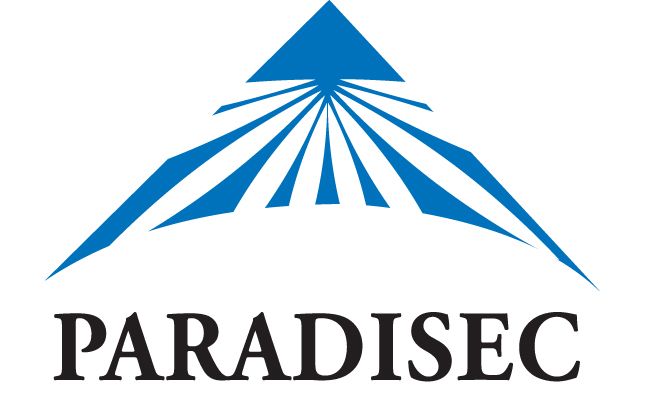Full description
These are .txt files prepared in Toolbox. They represent an unfinished dictionary of around 3000 headwords sourced from various wordlists and unfinished interlinearisation of Eskaya literary texts. For the most part this is Piers Kelly's analysis of the Viscayda Manuscript at PK2-04-MANCAD05 so you should download this one too for comparison. Piers tried to be reasonably systematic on some stories but in the end he gave more attention to aspects of the text that illustrated the particular grammatical features of Eskayan and Visayan that he was interested in. There are also embedded notes to colleagues and speakers that he was unable to resolve during fieldwork (and not being a native speaker of Visayan his own translations might be questionable sometimes). 'Kins' refers to Alma E Aparece and 'Nida' refers to Decena Nida Palma Salingay. The codes are derived from standard Toolbox codes in use at the time of the analysis: \id =ID (the identifying name of the story in English) \idv= ID vernacular (the identifying name of the story in Eskayan) \idn = ID national (the identifying name of the text in Visayan) \sp = speakeref = short reference \txv = text in vernacular (Eskayan) \txn = text in national language (Visayan) \mb = morpheme breaks \ge = gloss in English \ps = part of speech \ft = free translation Note that a phonemic spelling of Visayan text is used (based on John U. Wolff's orthography) so that the text is more easily searchable and comparable to the Eskayan layer. That means, in brief, that 'i' replaces 'e' and 'u' replaces 'o'. and 'syun' replaces 'cion' etc. Language as given: Eskayan
Reuse Information
ISO3166: PH
Subjects
User Contributed Tags
Login to tag this record with meaningful keywords to make it easier to discover
Identifiers
- URI : catalog.paradisec.org.au/repository/PK2/01

- Local : PK2-01
- DOI : 10.4225/72/5703E9FC93BCE



